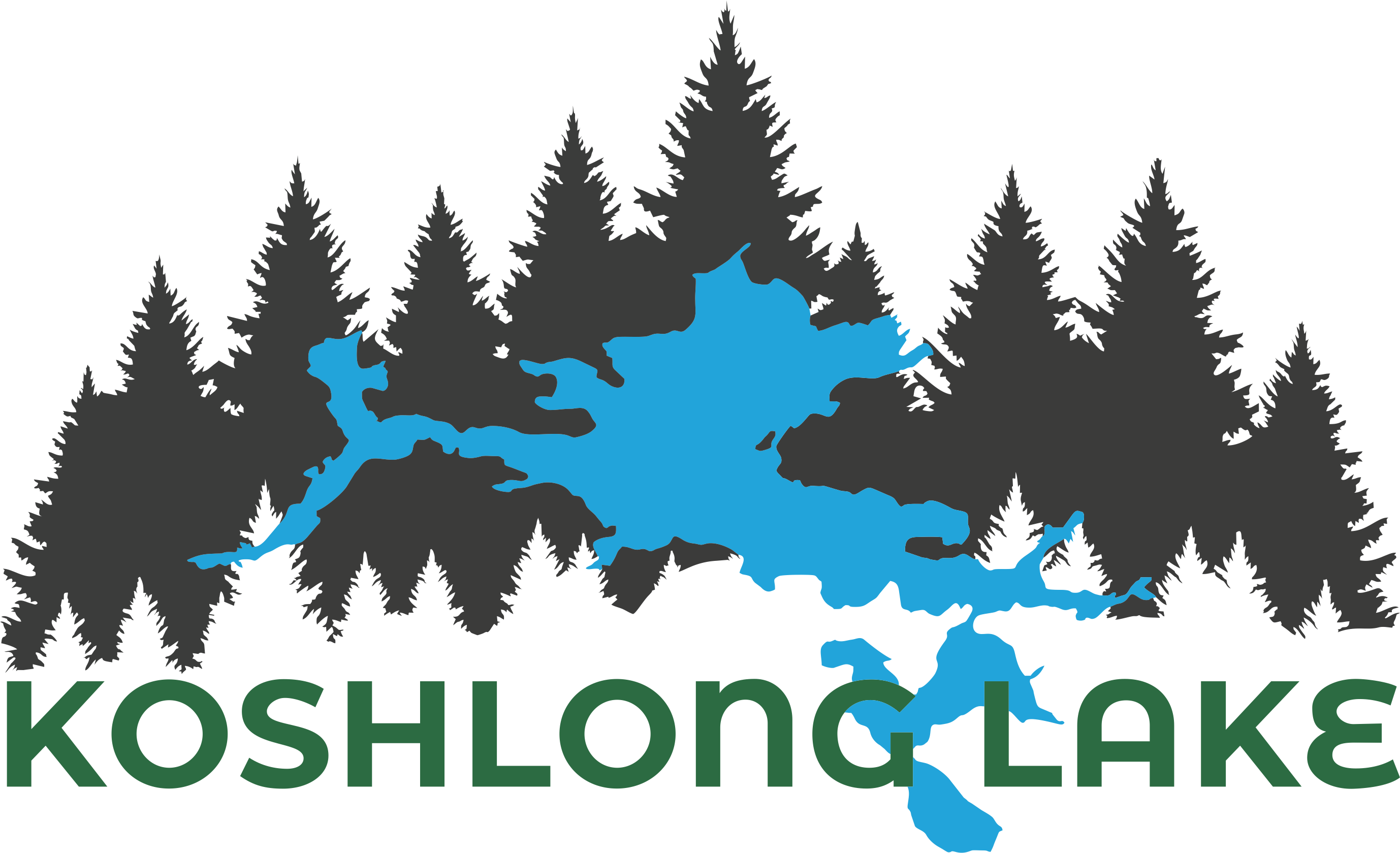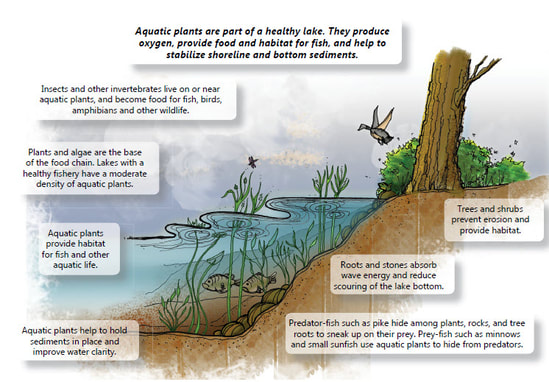shoreline protection
What You Can Do on Your Property
Natural shorelines prevent erosion, filter harmful nutrients, and provide habitat for native wildlife. They also preserve the vistas we come to the lake to enjoy. Learn more about protecting your shoreline here, or find more resources below. |
|
Your "shoreline" is divided into several zones, as pictured here. Read below to learn how you can take steps to protect the natural ecology in each zone.
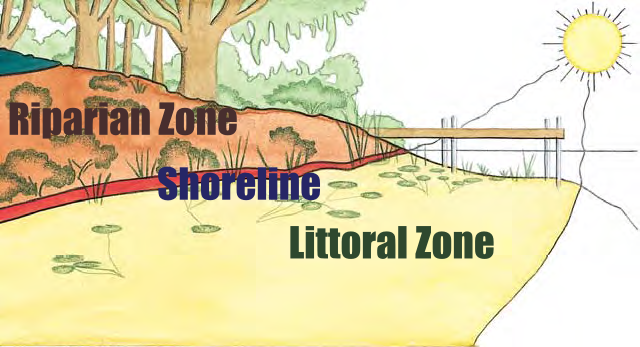
Shoreline: where water and land meet, between high and low water marks
Riparian: the buffer/barrier behind the shoreline, where natural shrubs and trees hold the bank and filter runoff
Upland: area behind the riparian, where your cottage, septic and driveway are likely located
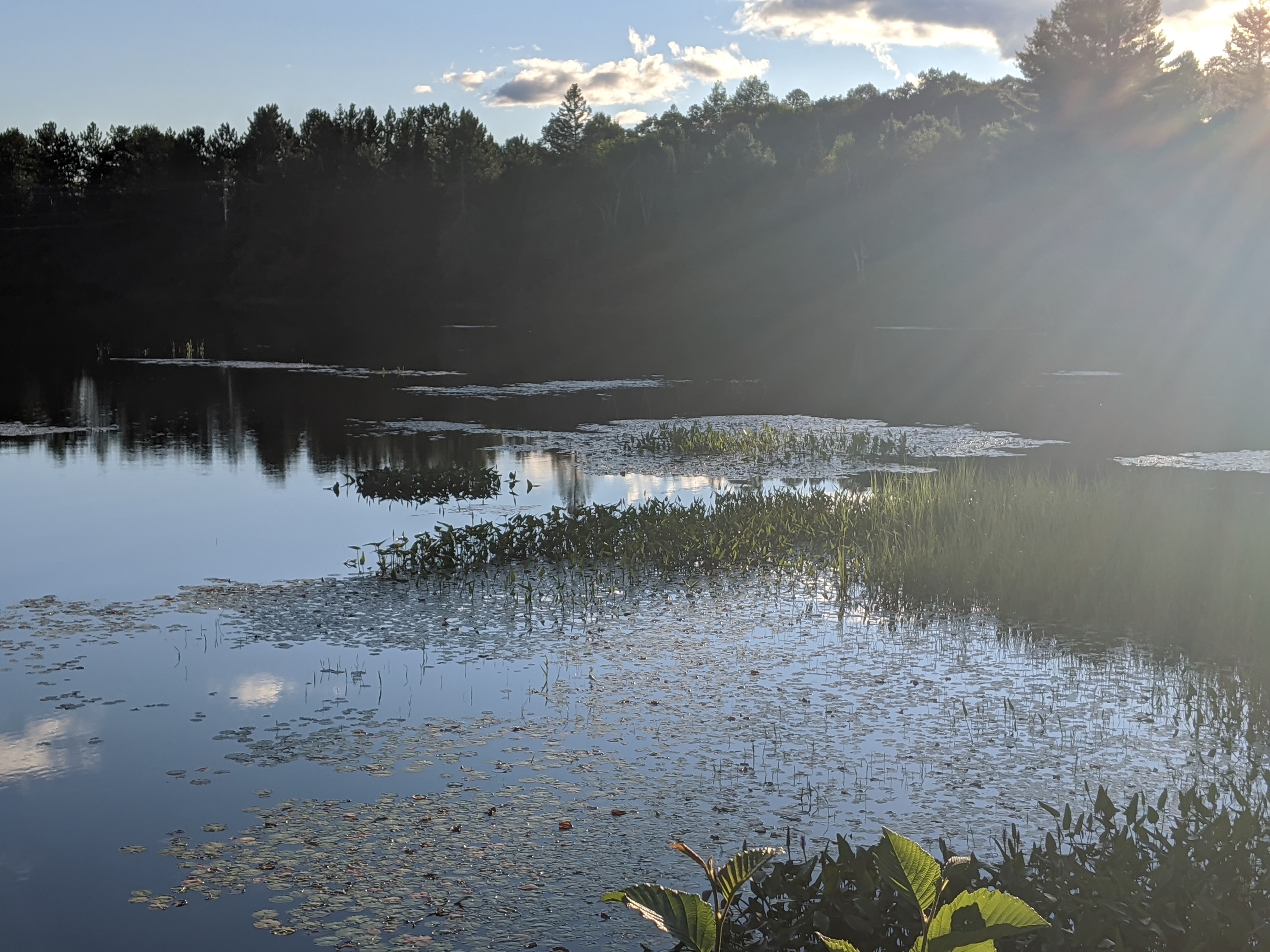 In the Littoral Zone:
In the Littoral Zone:
Tamper with natural vegetation as little as possible
Use your dock/ramp as a bridge over weedy areas
Do not add sand to a shoreline, it smothers spawning areas
Leave trees where they fall, unles they are a hazard to boats or swimmers
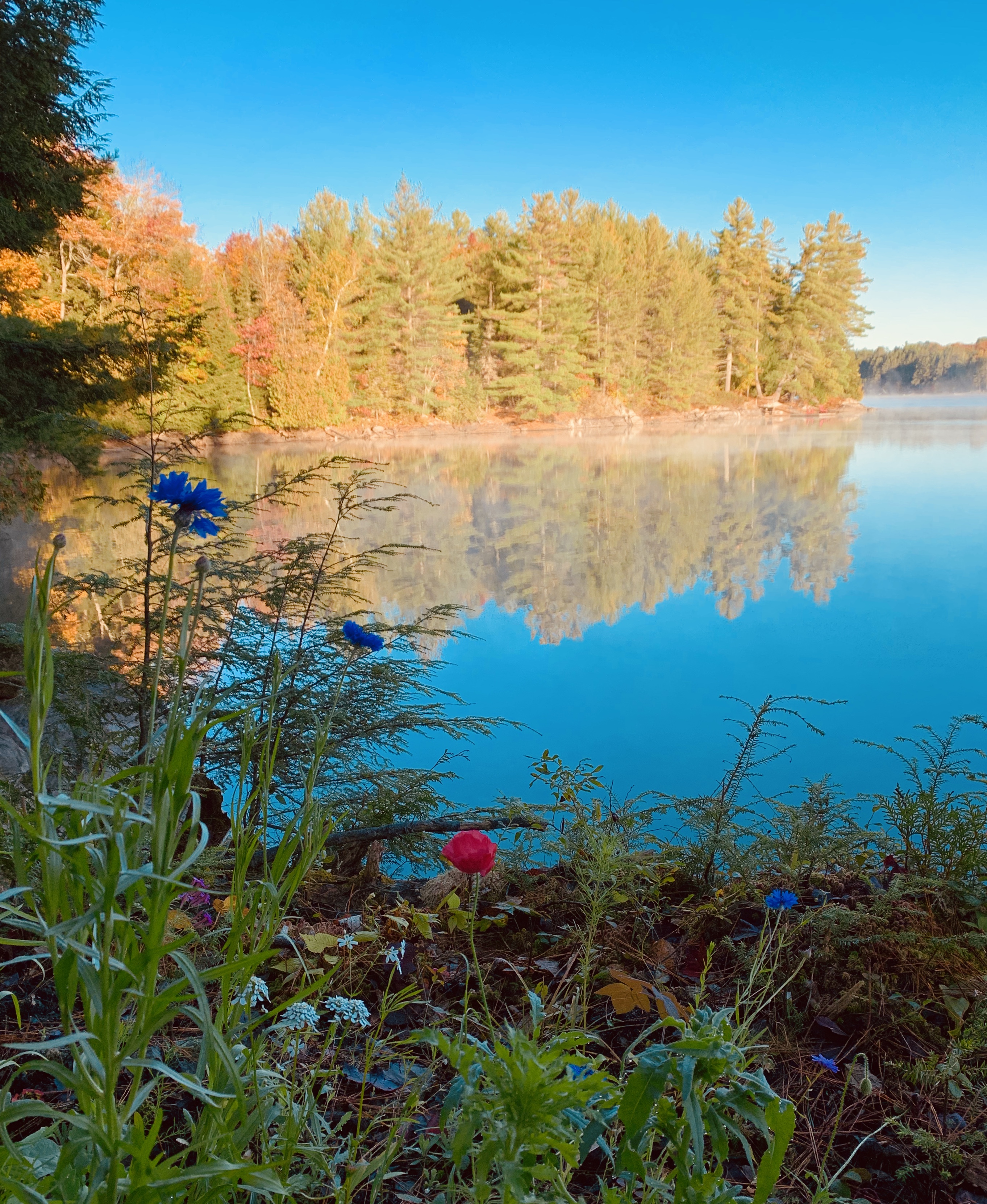
on the Shoreline
Leave natural vegetation in place
Do not replace the natural shore with a breakwall:
Whether stone, wood, steel or concrete, artificial materials lack the resilience of the natural shoreline and will degrade; breakwalls create a sterile environment where fish, birds and amphibians cannot thrive.
Do not dump sand or fill along the shoreline
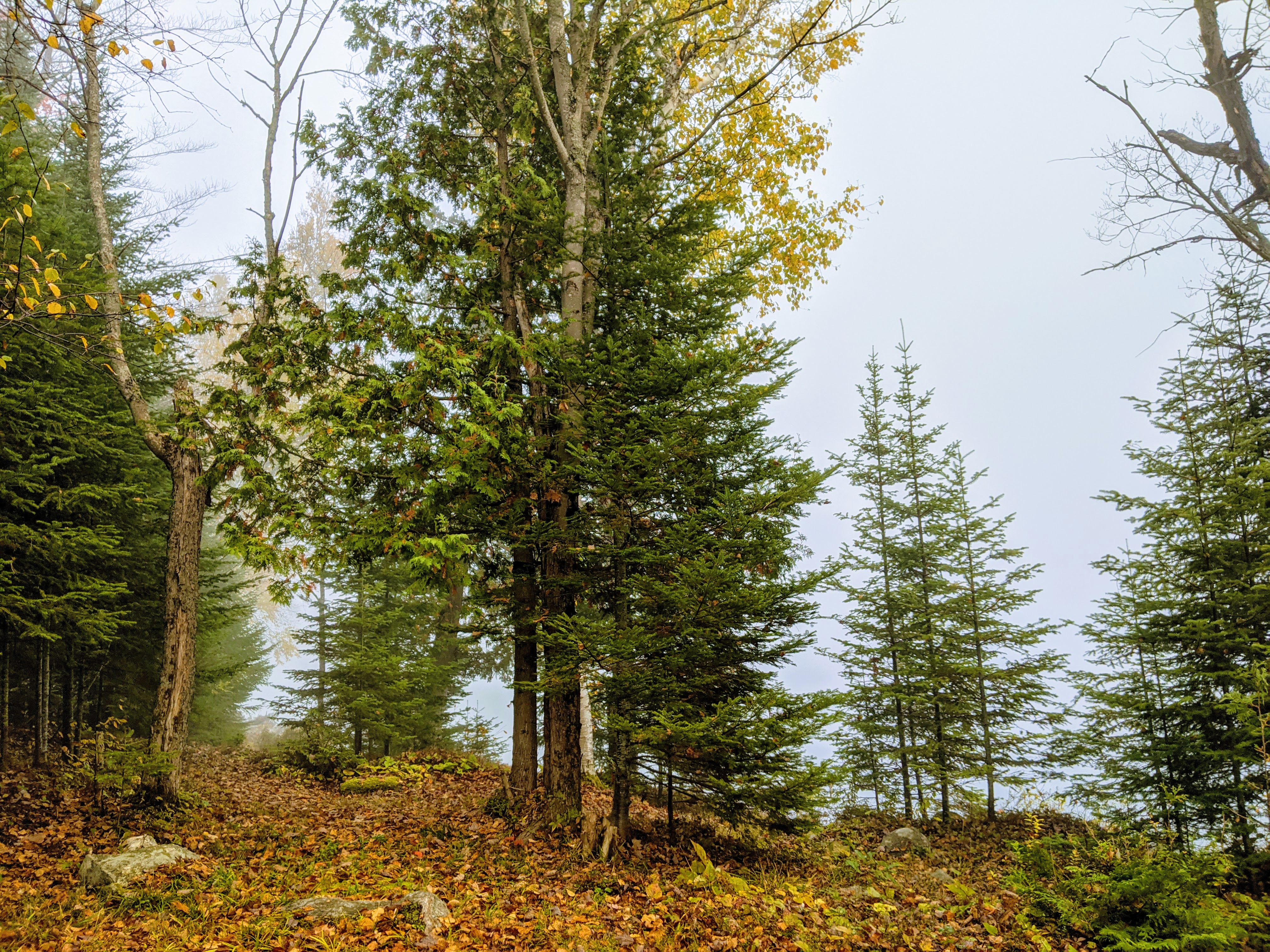
In the Riparian & upland
Limit development -- roofs, decks, paths, drives and other hard surfaces --
which shed water, increase runoff and create opportunities for erosion.
Maintain as much natural vegetation as possible
Rather than removing trees to open the view of the lake, trim the under-branches
Avoid lawns! They attract geese, which can add kilograms of waste per day; grass can also allow twice as much runoff as native vegetation
If you do wish to have some lawn, allow a buffer zone of natural vegetation to grow to 24' high at the lake edge: simply stop mowing this area, and within a year or two, wildflowers, grasses, shrubs and trees will colonize the area
DO NOT use fertilizers or pesticides on your lawn!
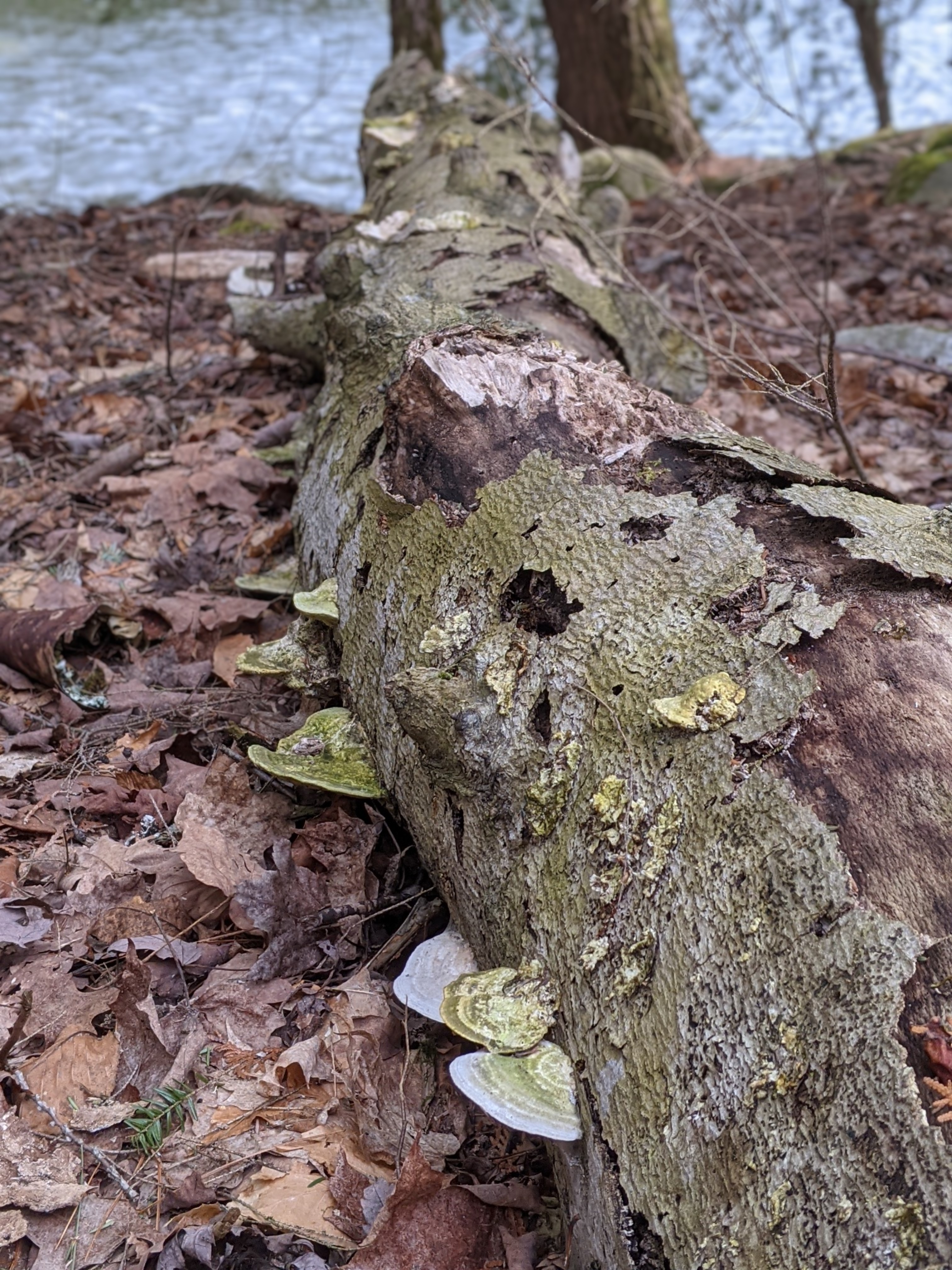
Keep flower and vegetable gardens away from the lake
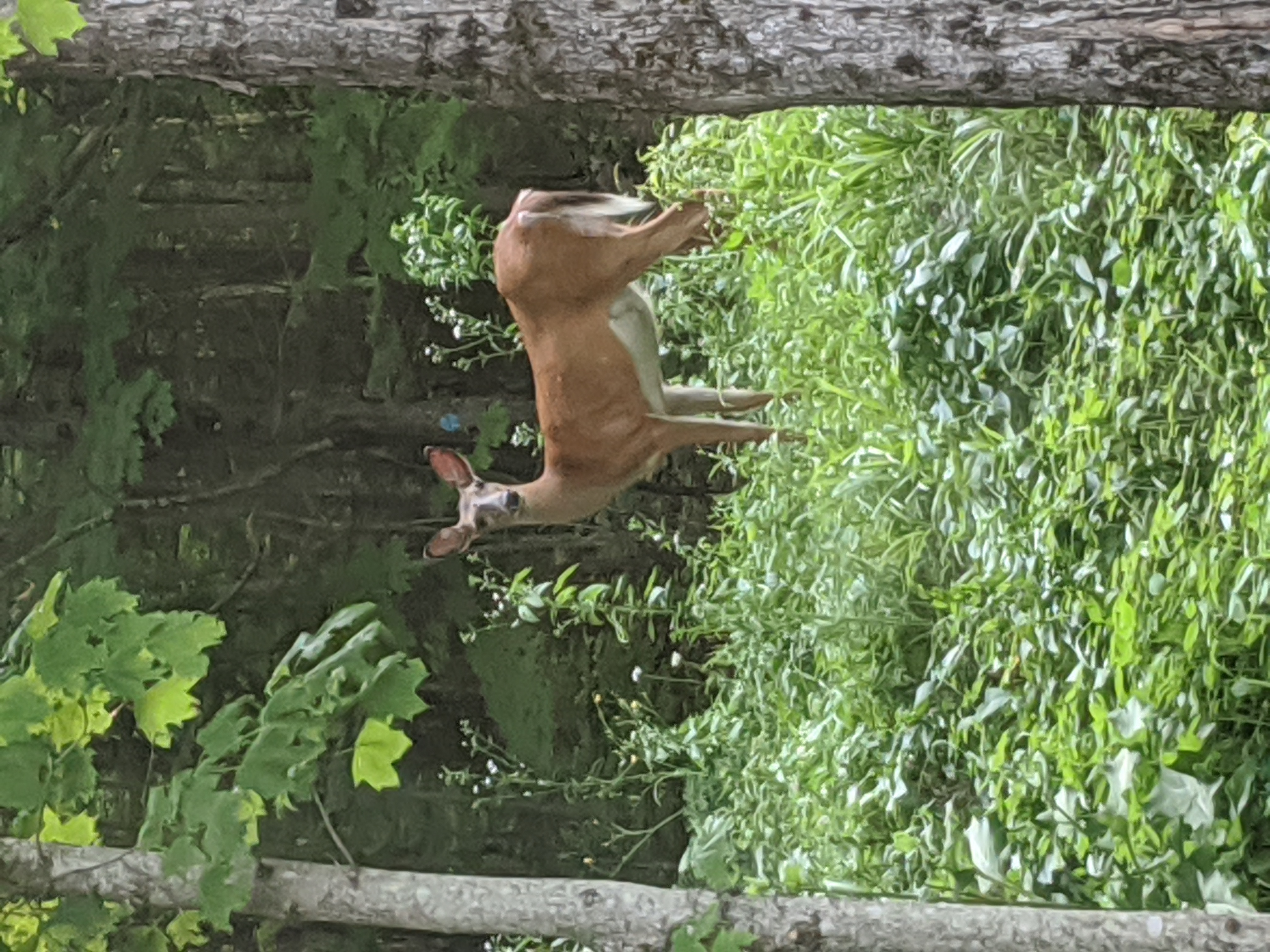
Replant disturbed areas as quickly as possible: eg, plant wildflowers and native grasses over septic tile beds (where shrubs and trees should not be allowed to grow)
Choose permeable surfaces -- gravel or wood chips -- rather than concrete or pavement
If you are interested in restoring your shoreline to a more natural state, please explore the resources and assistance offered by these area organizations:
Coalition for Haliburton Property Owners' Associations
- Home
- Environment
- **GOOD PRACTICES**
- Shoreline Protection
Thanks to KLA member Rob Horsburgh for his photograph of Wallace Island used as the background photo throughout this site
